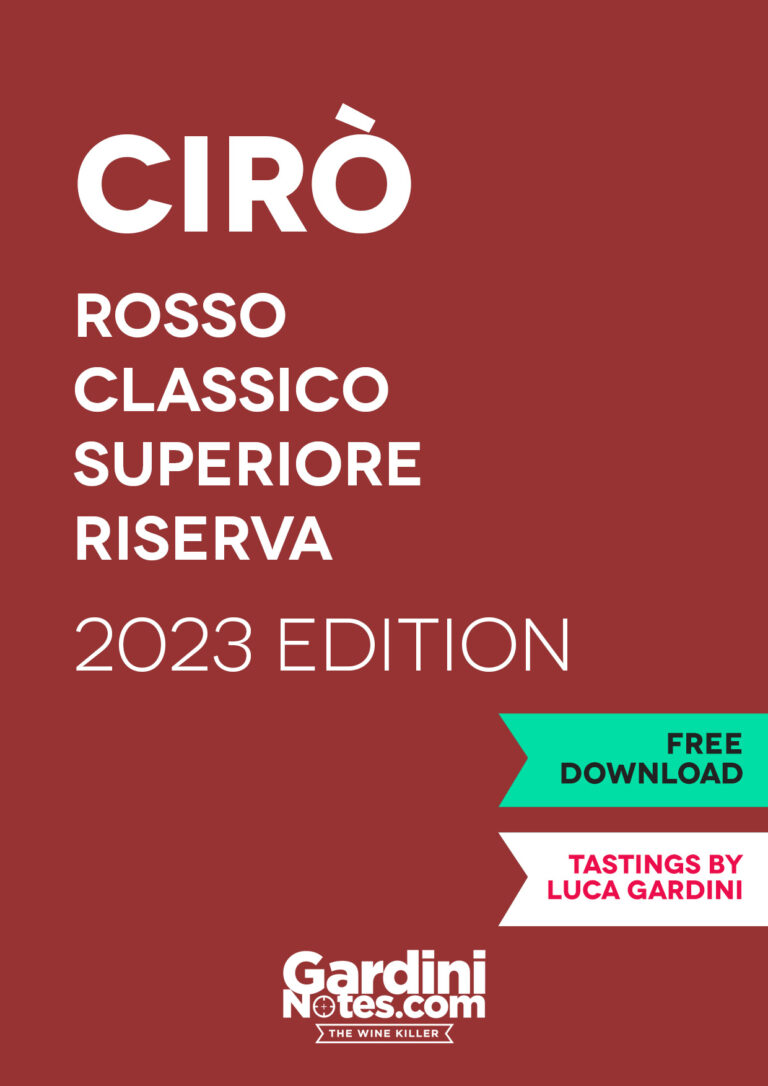Located in the Northern part of Italy, which borders Austria, the Alto Adige is one of the smallest wine production zones of Italy.

Notwithstanding this however, it has a high number of vineyards of varying sizes, all dedicated to cultivating a little more than 5000 hectares. The soils are characterized by the different altitudes (in some cases, 1000 meters above sea level), as well as by the varying geological compositions such as marl, limestone, shale, dolomite stone, gravel, and clay. All this, combined with a rather high number of vines and enological styles, render the Alto Adige one of the most dynamic production areas of the entire Italian enological panorama. The climate of the Alto Adige is influenced in a very positive way, by the Alps, which protect the surface from the cold winds of Northern Europe. The vine cultivation of the Alto Adige is composed in great part by those of white grapes, equaling 60% of the total production.
The most common of these are:
• Pinot Bianco: a vine of great elegance and acidity. Cultivated in 10% of the territory.
• Chardonnay: very diffuse in the area surrounding Bolzano and in the Valle dell’Adige.
• Riesling: great acidity with an equally long lasting quality. In the Alto Adige, it is often vinified, contrary to that which occurs in other parts of Europe, with almost no sugar.
• Gewürztraminer: literally “spiced” Traminer, present in 10% of the overall territory.
• Sauvignon Blanc: cultivated in 7% of the territory, the zones most suited are the South Tyrol and the Val Venosta.
• Pinot Grigio: makes up a little more than 10% of the cultivated surface of the region.
• Grüner Veltliner: this winegrape is used to make pleasantly aromatic wines, is a specialty of the central part of Val Isarco.
• Kerner: variety born from the union of Trollinger and Riesling. Late harvest grape. Very widespread, qualitatively speaking, in the Val Venosta.
• Sylvaner: grows very well in the Val Isarco.
Completing the list of white varieties are the Moscato Giallo, Veltliner, and the Müller Thurgau. Some excellent white wines of the Alto Adige are often products of a combination of some of the aforementioned varieties. This Southern Tyrolean area also offers red grape production. The most diffuse are the Lagrein, the Moscato Rosa, and the Schiava. However, more widespread are some international varieties such as Pinot Noir, Cabernet Sauvignon, Merlot, and Zweigelt. The territory of the Alto Adige is commonly subdivided into seven production areas, each with characteristics that render it unique.

• Bassa Atesina: heights up to 1000 meters above sea level, calcareous rocks, and dolostone, particularly in the Termeno area. Territory with a distinct trait of about 70% white grapes.
• Bolzano: area of reds, native to the Lagrein and to the Schiava.
• Oltradige: the most noted and important areas are those of the Appiano and of the Lago di Caldaro. Slight prevalence of white varietals.
• Valle dell’Adige: wines of strong flavor. Present here is the DOC Alto Adige Terlano, characterized by a blend of white grapes, in particular Chardonnay, Pinot Bianco, and Pinot Grigio.
• Valle Isarco: adopted home of Riesling and Sylvaner. Produced here, almost exclusively white wines.
• Merano: primarily red grapes.
• Val Venosta: thin and sandy soils, which often translate into very elegant wines. Of the cultivation surface of the Alto Adige, 98% is protected by the DOC Alto Adige.
The Vintage 2019
The 2019 harvest in the Alto Adige region has to be regarded as one of the best, comparable to 2016, except for the volumes, about 20% less. Initially, the mild winter, associated with a very cold end of April-early May, made us think of a difficult vintage, similarly to the 2017 one, but the warm weather in mid-end June, with a correct flowering, and again, an extraordinary end of August/September brought good alcohol and great acidity to the white wines, while reds, especially the Pinot Noir and Lagrein, display a moderate alcohol and beautiful structure. They will be wines for ageing, longliving, properly made, characterized by finesse that will gradually strengthen with the passing of time.











